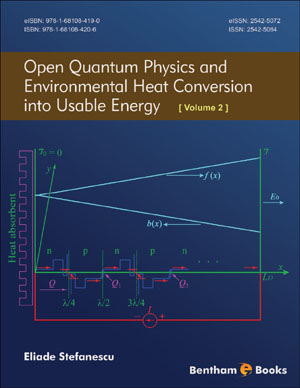Abstract
Further to the introduction of radial basis function (RBF) methods given in Chapter 1, this chapter presents a brief description of the application of RBF to twodimensional Helmholtz problems. The background of this chapter is that, in ocean engineering, a submerged breakwater have the advantages of allowing water circulation, permitting fish passage, and providing economic protection. Therefore, such breakwaters have been widely applied to reduce the energy of transmitted water waves. Under the assumption of linear wave theory, the simulation of a water wave passing through a submerged breakwater can be simplified for solving modified Helmholtz equations. In this chapter, the analysis of an oblique incident water wave passing through a submerged breakwater is taken as the engineering background for investigating the use of the singular boundary method for two-dimensional modified Helmholtz problems. The origin intensity factors for the 2-D Laplace equation, Helmholtz equation, and modified Helmholtz equation are listed.
Keywords: Radial basis functions, Singular boundary method, Water wave propagation, Fundamental solution.













